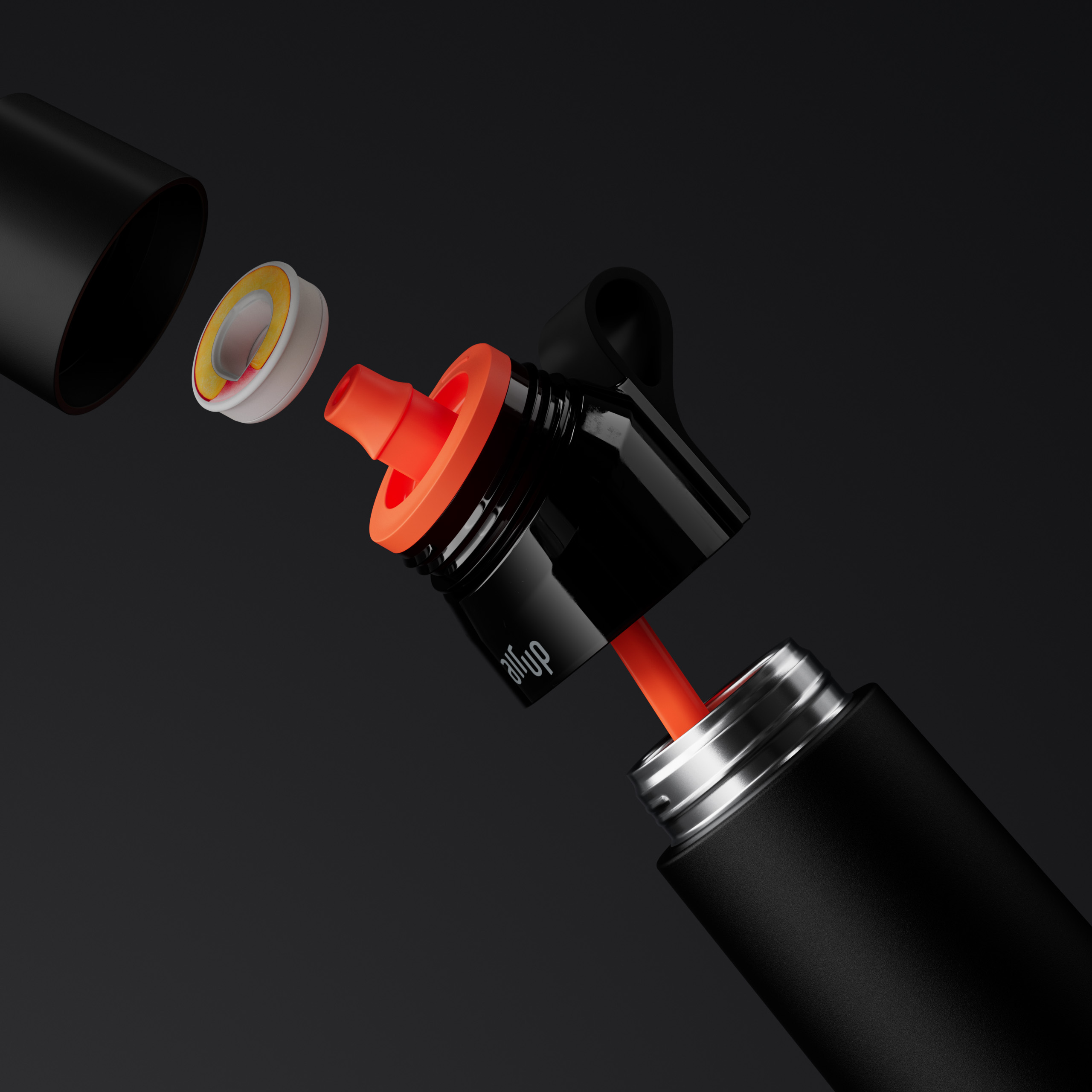Nearly four million Brits state their addictions stem from sugary drinks

Making their way into household staples – such as ketchup, low-calorie fizzy drinks, and yogurts – additives can be found in many foods and drinks, and are hidden far more than ever before. In 2018, data from The Journal Public Health Nutrition unveiled that half of all the food and drink bought by families in the UK is “ultra-processed”, with Brits buying more than any other European country. Now amounting to 50% of our diet – increasing chances of obesity, high blood pressure, and high cholesterol – our consumption across the UK has reached an alarming high. As such, it may come as no surprise that in a brand new study commissioned by hydration experts, air up, 1 in 5 Brits have confessed that sugar is now the biggest vice in their life. This is resulting in 25% of Brits now spending up to £25 on soft/sugary drinks every month,
Many Brits have admitted to turning to sugary drinks to curb cravings. In fact, 73% believe that sugary drinks hold lower concentrations of sugar than sugary foods. However, this assumption was proved wrong by Toronto University and St. Michael’s Hospital which found that the power-charged fructose in artificially sweetened drinks has the worst impact on our health in comparison to other sugary foods, increasing chances of tooth decay, type 2 diabetes, and more.
Key stats:
73% (31,002,000) wrongly believe that the sugar ingested by drinks is not as bad as the sugar you eat
22% (9,894,000) say sugar is their biggest vice in life
23% (7,562,000) of Brits believe that sugary food has a higher concentration of sugar than drinks
27% (9,907,000) of Brits say their addiction to sugary drinks has had a detrimental impact on their health (i.e. teeth decay/ weight gain/ dehydration)
12% (3,886,000) say that their sugar addiction stems from sugary drinks
14% (4,519,000) of Brits started drinking diet soft drinks to lead a healthier lifestyle but found that it has caused more problems than it solved
The Cost of Sugar Amid a Cost-of-Living Crisis
air up has not only taken a look at the cost sugar has on our health, but also to our bank accounts. The research has found that a quarter of the nation spend up to £25 on sugary drinks a month, 12% spend up to £50, 7% spend up to £75 and a shocking 4% spend up to £100 – which translates to over 1.5 millions Brits. This equates to a staggering £643 million spent on soft drinks every month, fuelling an unhealthy addiction.
Key stats:
25% (10,373,000) of Brits spend up to £25 on soft/ sugary drinks every month
12% (4,957,000) of Brits spend between £25 and £50 on soft/sugary drinks every month
7% (2,760,000) of Brits spend between £50 and £75 on soft/sugary drinks every month
4% (1,772,000) of Brits spend between £75 and £100 on soft/sugary drinks every month
The world’s first in drinks technology is here to educate the masses, quench our thirst, and cut out these chemical nasties without sacrificing the flavours we crave, providing a healthy alternative for the 37% of Brits struggling to find just that. The unique design and innovation utilises retronasal smell to provide a better, more interesting way to get our favourite flavours while drinking 100% pure water and educating Brits on the copious amounts of sugar they consume in their current favourite soft drinks.
Industry Context
The UK soft drinks market is worth over £18 billion and is dominated by sugar filled fizzy drinks and “diet” versions using artificial flavours and sweeteners. Up until now there has been no credible alternative for those looking for a more interesting way to drink water. This is what air up is aiming to change; their water bottles work through retronasal smell to give a great tasting drink without any additives or changes to your water.






